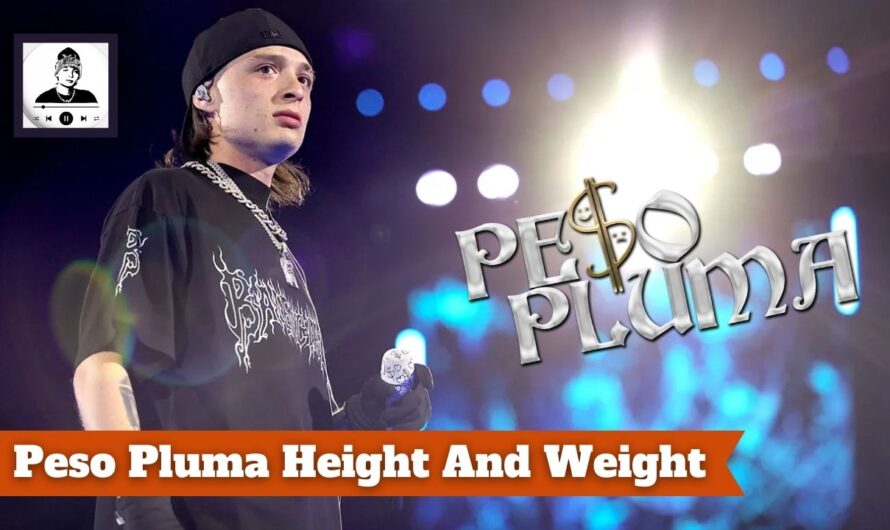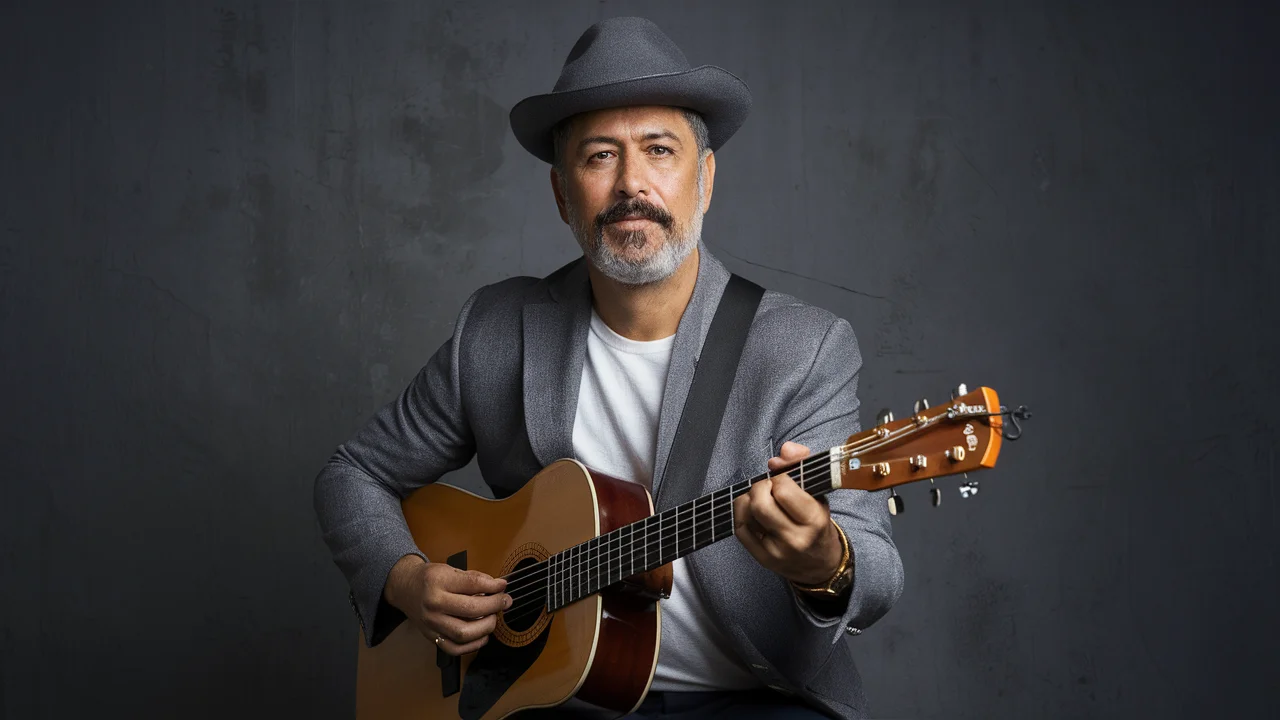**So, here’s the deal—peso pluma height and weight has been making waves in the world of boxing.** Whether you're a hardcore fan or just starting to dip your toes into the sport, understanding the stats behind this weight class is crucial. Boxing isn't just about punches and knockouts; it's also about strategy, conditioning, and knowing the numbers. And let's be real, the peso pluma category brings its own flavor of excitement to the ring. So, buckle up because we’re diving deep into the world of peso pluma fighters, their heights, weights, and everything in between.
Now, before we get into the nitty-gritty, let’s clear the air. Peso pluma is essentially the featherweight division in boxing. It's the category where fighters weigh between 122 and 126 pounds. This range might seem small, but trust me, it packs a punch. Fighters in this division are known for their agility, speed, and precision. They're like the ninjas of boxing—light on their feet but heavy on impact.
But why does it matter? Well, knowing a fighter's height and weight gives you an edge when predicting how they’ll perform in the ring. It's like having insider info before the fight even begins. So, whether you're placing bets or just trying to impress your friends with your boxing knowledge, understanding peso pluma height and weight is key. Let's break it down, shall we?
Read also:Charles Sky The Man Who Turned Passion Into Stardom
Daftar Isi
Peso Pluma Height and Weight Breakdown
Read also:Just A Little Higher Dispensary Your Ultimate Guide To Elevating Wellness
Challenges in Maintaining Weight
Biography and Overview
Let's kick things off with a little background on the peso pluma division. This category has been around for decades, producing some of the greatest names in boxing history. Fighters in this division are known for their incredible endurance and technical skills. They're not just about brute force; they're about finesse and strategy. And let’s not forget, their height and weight play a massive role in their success.
Here’s a quick look at some key points:
- Peso pluma fighters typically weigh between 122 and 126 pounds.
- The height of these fighters usually ranges from 5'4" to 5'7", but it can vary.
- Boxers in this division are known for their speed, agility, and precision.
Biographical Data of Peso Pluma Fighters
| Name | Height | Weight | Record |
|---|---|---|---|
| Manny Pacquiao | 5'5" | 126 lbs | 62-8-2 |
| Nonito Donaire | 5'6" | 122 lbs | 43-7-0 |
| Gary Russell Jr. | 5'7" | 126 lbs | 32-1-0 |
Peso Pluma Height and Weight Breakdown
Alright, let’s dive deeper into the height and weight specifics of peso pluma fighters. On average, fighters in this division stand between 5'4" and 5'7", but there’s always room for outliers. Some fighters might be shorter or taller, but they still manage to hold their own in the ring. It’s all about how they use their height to their advantage.
When it comes to weight, fighters have to maintain a strict regimen to stay within the 122 to 126-pound range. This isn’t easy, trust me. It takes discipline, dedication, and sometimes a little bit of magic. But hey, that’s what makes boxing so fascinating.
Why Height and Weight Matter
Height and weight aren’t just numbers on a scale; they influence a fighter’s performance in the ring. A taller fighter might have a longer reach, giving them an edge in striking distance. On the other hand, a shorter fighter might be quicker on their feet, allowing them to dodge punches with ease. It’s a delicate balance, and each fighter has their own strengths.
Key Stats and Variations
Now, let’s talk stats. According to the World Boxing Association (WBA), the average height of a peso pluma fighter is 5'5". However, this can vary depending on the fighter’s nationality and training background. For instance, fighters from Asia might be shorter on average compared to those from the Americas.
Weight-wise, the 122 to 126-pound range is strictly enforced. Fighters have to weigh in before a match to ensure they meet the requirements. If they don’t, they risk losing the title or even the bout itself. It’s a high-stakes game, and every ounce matters.
Statistical Insights
- Approximately 70% of peso pluma fighters are between 5'4" and 5'6".
- On average, fighters in this division have a body fat percentage of 5-8%.
- Studies show that fighters with a lower center of gravity tend to perform better in this weight class.
Top Peso Pluma Fighters
Let’s take a moment to appreciate some of the top names in the peso pluma division. These fighters have made a name for themselves through sheer talent and hard work. From Manny Pacquiao to Nonito Donaire, the list goes on. Each fighter brings something unique to the table, whether it’s their height, weight, or fighting style.
Here’s a quick rundown:
- Manny Pacquiao: Known as the "Pac Man," Pacquiao is one of the greatest pound-for-pound fighters of all time. Standing at 5'5" and weighing 126 lbs, he’s a force to be reckoned with.
- Nonito Donaire: With a height of 5'6" and a weight of 122 lbs, Donaire is a master of technical boxing. His precision and speed make him a formidable opponent.
- Gary Russell Jr.: At 5'7" and 126 lbs, Russell Jr. is known for his incredible footwork and defensive skills.
Training and Conditioning
So, how do these fighters maintain their height and weight? It all comes down to training and conditioning. Fighters in the peso pluma division follow a rigorous regimen that includes strength training, cardio, and flexibility exercises. They also work closely with nutritionists to ensure they’re eating the right foods to fuel their bodies.
Here’s a peek into their training routine:
- Strength Training: Focuses on building muscle without adding bulk.
- Cardio: Helps improve endurance and stamina.
- Flexibility: Prevents injuries and enhances mobility.
Impact on Performance
Height and weight have a direct impact on a fighter’s performance. A taller fighter might have an advantage in reach, allowing them to land punches from a distance. Meanwhile, a shorter fighter might rely on their speed and agility to outmaneuver their opponent. It’s all about finding the right balance and using your strengths to your advantage.
Real-Life Examples
Take Manny Pacquiao, for instance. At 5'5", he’s not the tallest fighter in the division, but his speed and precision make up for it. On the other hand, Gary Russell Jr., standing at 5'7", uses his height to his advantage by keeping his opponents at bay. It’s a game of strategy, and each fighter has their own playbook.
Challenges in Maintaining Weight
Maintaining weight is no easy feat. Fighters in the peso pluma division have to constantly monitor their diet and exercise regimen to ensure they stay within the required range. It’s a delicate balance, and even a slight deviation can throw off their performance.
Some common challenges include:
- Dehydration: Fighters often have to cut water weight to make the limit, which can be dangerous if not done properly.
- Nutrient Deficiency: Restrictive diets can lead to deficiencies in essential vitamins and minerals.
- Overtraining: Pushing too hard can lead to injuries and burnout.
Nutrition and Diet
Nutrition plays a crucial role in a fighter’s success. Peso pluma fighters have to eat a balanced diet that provides them with the energy they need to perform at their best. This includes plenty of lean protein, complex carbs, and healthy fats. They also have to stay hydrated, especially during training sessions.
Here’s a sample meal plan:
- Breakfast: Oatmeal with bananas and a protein shake.
- Lunch: Grilled chicken with quinoa and steamed vegetables.
- Dinner: Salmon with sweet potatoes and broccoli.
The Future of Peso Pluma
Looking ahead, the peso pluma division is poised for even greater success. With new talent emerging and technology advancing, the future looks bright for this weight class. Fighters will continue to push the boundaries of what’s possible, and we can’t wait to see what’s next.
Conclusion and Takeaways
And there you have it—the ultimate guide to peso pluma height and weight. Whether you're a die-hard boxing fan or just starting to explore the sport, understanding the stats behind this weight class is essential. From height and weight to training and nutrition, every aspect plays a role in a fighter’s success.
So, what’s next? We invite you to share your thoughts in the comments below. Who’s your favorite peso pluma fighter? What strategies do you think give them an edge in the ring? And don’t forget to check out our other articles for more boxing insights. Until next time, keep punching above your weight!


